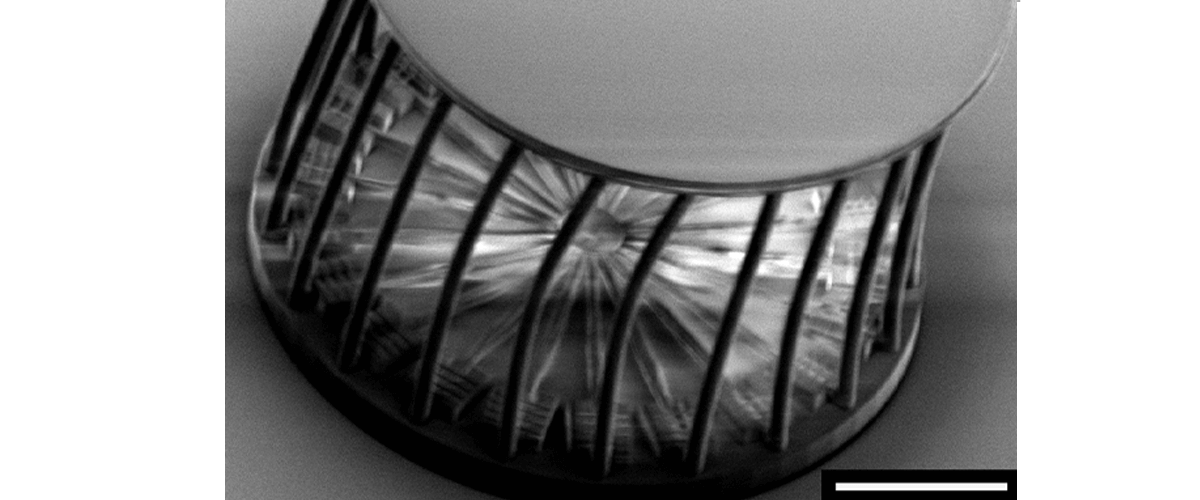Scientists have used AI to design a foldable material that could allow you to put a bicycle in your pocket, all using only a simulation. In short: you can now use AI to design a material that can fit your exact stiffness and compression specifications. All thanks to Miguel Bessa, Assistant Professor in Materials Science and Engineering at TU Delft.
TL;DR
AI has been used to create a super-compressable material...
Using AI means it is now faster to design and test new materials without wasting time on trial and error. AI-generated structural designs mean that brittle materials can become strong and highly flexible.
Usage
Bessa, is a man on a mission, a mission to make a bicycle that can fold into your pocket. Maybe he had his bike stolen 1 too many times or maybe he's just an avid commuter. Regardless of his motivation, he's successfully used AI to streamline the material testing and design process.
However, this isn't restricted to folding bicycles. Car chassis, protective body armor and popup tents are just some of the applications that spring to mind (excuse the pun). Imagine the possibilities for a material where the stiffness and compressibility are completely tuneable!
The benefits of this material go beyond its super-compressibility. It also uses minimal extra material and is consequently extremely light.
Inspiration
Bessa was inspired to create a new "metamaterial" by satellites, capable of unfolding long, solar sails from a relatively small area. He began to wonder if this was possible for everyday objects; bicycles, dinner tables and umbrellas that could be folded into your pocket.

Nanoscale version of the AI designed material under compression. Image with special thanks to Miguel Bessa and T U Delft.
Why use AI for material design?
The benefit of AI designed materials is that it is a much more efficient use of time. Traditionally, developing a new material is very much a trial and error process. By using machine learning to calculate the compression of material, you can run hundreds of simulations, non-stop. It also allows the experiments to be data-driven and far more accurate.
Recently we've seen a meteoric rise in AI and machine learning in CAD. From AI-generated celebrities to generative designed building layouts to block-3D furniture design, this discovery is simply the latest in a string of computer design algorithms that could aid in design techniques.
Still a need for human intervention
However, those conducting material experiments shouldn't quake in their boots just yet. This process still requires human interaction. The computer doesn't automatically generate the design but provides a guide to designs that might work, based on the given parameters. All that's left for the scientist to do is to find the optimum suggestion from those provided. In this experiment the team needed to test only 6 different models to find the optimal one, greatly reducing the testing and experimental time.
AI gives you a treasure map and the scientist needs to find the treasure -- Miguel Bessa
A minor limitation of the design process was that, at the nanoscale, the material itself buckled during the curing process. Additional structural support between the longerons needed to be added and the diameter of the longerons needed to be increased.
The design
Although the finished design may seem simplistic, it's definitely not. The compression is non-linear and must return to, and maintain, its original shape after compression. Originally the computer-generated a varying array of profiles for the longerons which could theoretically give the structure more stability and a more reliable compression, however, manufacturing extremely slim profiles provides its own challenges and so the profile was simplified to a simple circle.
Structure and material
The computer can compute both the effect of the structure and the base material.
The really clever thing is that, with this type of material design, the structure is more important than the material. When manufactured at the macro scale. Miguel Bessa was able to turn an otherwise brittle polymer into a lightweight, recoverable and super-compressible metamaterial.

